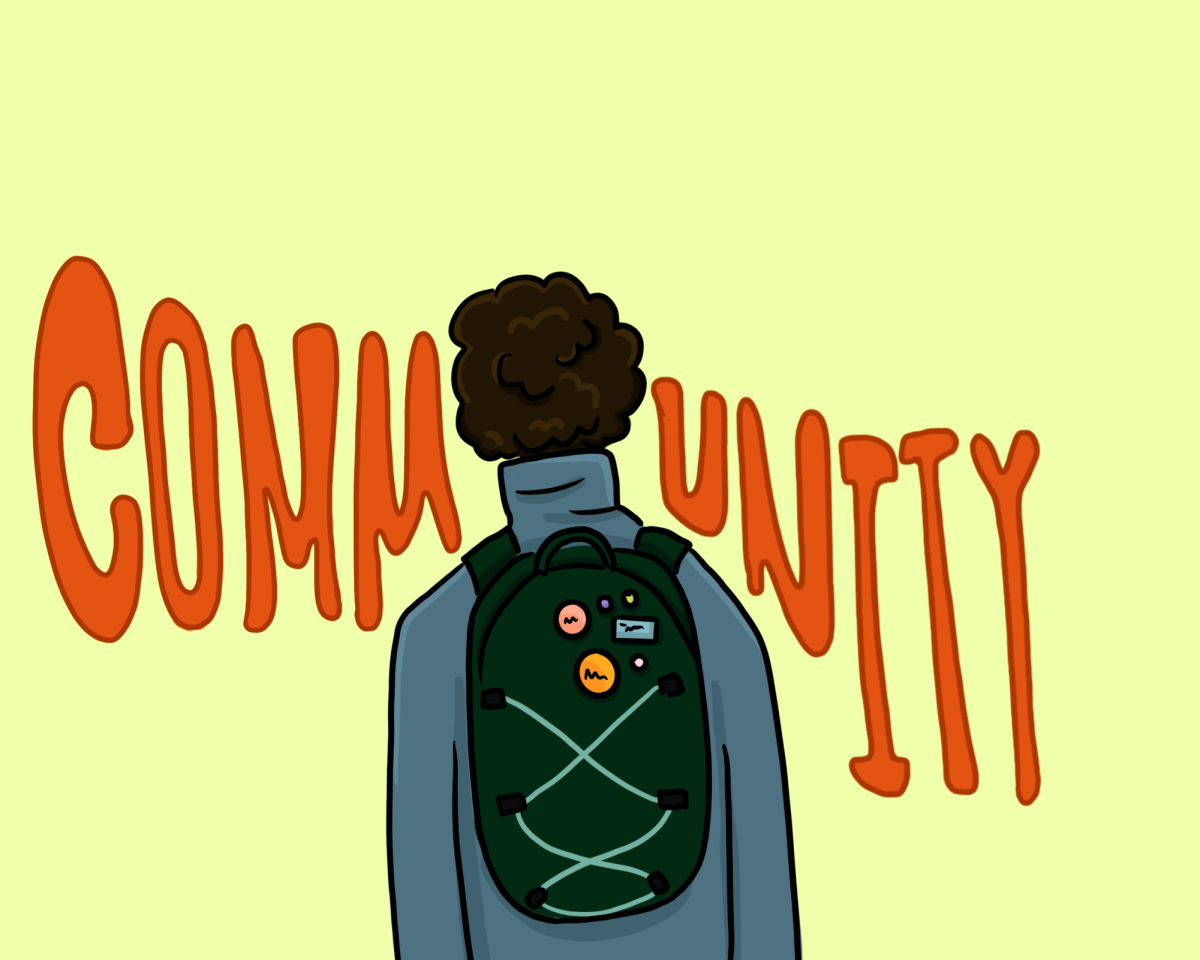
Living in a technologically-advanced country like the United States in the year 2012, one will almost inevitably be exposed to the mass phenomenon known as texting. Unbeknownst to most of our parents, however, is a secret language that often dictates the real meaning of a teenager’s average text conversation–a language in which a sentence that sounds normal to a fifty-year-old means a cold shoulder to a fifteen-year-old, and one seemingly harmless letter is scathing to a teenager: the “K.”
A single K in reply to a text is one of the most common means of conveying anger via text-messaging. While it can just be used as an efficient way to say “okay,” it can also be extremely loaded. When asked about the worst text one can receive, Community High School student Kyle Kaufman responded, “When people put a K and a period at the end, and that’s it.” Kaufman admits that he has indeed been hit by the K himself, “Because I left my friend alone when we were downtown.” Another CHS student, Marie Jacobson, adds that her friends sometimes send her a K when they are upset with her or she doesn’t text them back. While the cringe-inducing K can speak volumes, there are other ways of expressing annoyance or happiness over text.
In this delicate language of subtleties and hidden connotations, one doesn’t necessarily have to seem angry to show their irritation. This may seem contradictory, but anger can be shown simply by lack of friendliness. If throughout a text conversation, one of the texters is not using smiley faces, exclamation points, hearts, or “hahas,” it can be perceived as irritation.
To make a text seem friendly, Jacobson says, “Add a smiley face! Or, if you use no period it doesn’t usually sound upset, depending on the sentence. Using correct grammar can make you sound angry…I use correct grammar, but I use smiley faces so I don’t sound upset.” As for “hahas,” it’s as if people use them to come off as friendly. Why else would they be inserted into sentences such as, “No sorry I can’t come over I have to babysit haha,” or “Haha no it’s fine you don’t have to get the homework for me,” which are seemingly humorless?
Another common occurrence in texting, arguably even harsher to the K, is the no-reply. Dom DiFranco equates the two, “Getting hit with the no-reply is really a terrible feeling, it’s like getting hit with the K.” Erez Dessel, however, maintains that there is an even worse texting habit: “[People] often take text conversations to one word answers. You’ll text three sentences to try to keep the conversation going, and they’ll just say ‘K, lol, haha, k,’ I hate that!… they’re just throwing the whole thing on you. And it’s hard. It’s tough, I can’t do it! I’m like a lost sheep in the world of texting.”
Adults can be unaware of this nuance. Jacobson observes, “My mom always texts me K, but I don’t take it like that because she’s a mom and she just doesn’t know.” Jacobson does not read this as she would the same text from a peer. Kaufman adds, “Adults…can’t comprehend that kids don’t mean the same thing as [adults] do when they’re texting.”
The first generation to grow up with texting has evolved the practice from a convenient means of communication into its own nuanced language. As a result, the same text can be read in very different ways; it all depends on the receiver.










